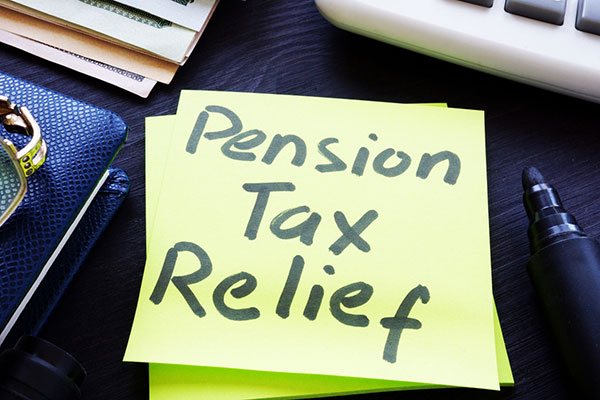Momentum building for overhaul of pension tax relief
Basic-rate taxpayers make up 83.4% of total taxpayers, but only receive 26% of pension tax relief that i…
23rd June 2020 13:05
by Kyle Caldwell from interactive investor
Basic-rate taxpayers make up 83.4% of total taxpayers, but only receive 26% of pension tax relief that is paid to defined contribution (DC) pension contributions.

Momentum is building for pension tax relief to be overhauled, with the Association of British Insurers (ABI) the latest organisation calling for reform.
The insurance trade body has urged for a flat rate of tax relief on pensions to be adopted, following findings from a report it commissioned from the Pensions Policy Institute.
The report found higher earners benefit most from the current system, for two main reasons. The first is that they receive a higher rate of tax relief (45% for additional-rate taxpayers, 40% for higher-rate taxpayers and 20% for basic-rate taxpayers). The second factor at play is that higher-rate taxpayers are likely to have more cash available to put into their pension than basic-rate taxpayers.
The report points out that basic-rate taxpayers make up 83.4% of total taxpayers, but only receive 26% of pension tax relief that is paid to defined contribution (DC) pension contributions.
Yvonne Braun, director of long-term savings and protection at the ABI, said a change to the system was needed to make it simpler and fairer to all earners.
She further adds that “the current system exacerbates existing inequalities, particularly between men and women”. The report found 71% of DC pension tax relief goes to men, who pay 69% of the contributions. This further highlights the bleak reality of the gender pensions gap.
“We hope the research will provide food for thought on how to make the system simpler and fairer,” says Braun.
Over the past couple of years there has been plenty of speculation and other calls for pension tax relief to be overhauled, including from the respected think tank The Resolution Foundation. Two years ago it called for a ‘flatter system’, set at 18% for basic-rate taxpayers and 28% for higher-rate payers.
The current system is an expensive one, costing around £40 billion a year, so on the one hand the government would be keen to balance the books. But in making high-rate tax relief less attractive, the Conservative Party risks upsetting its traditional voters.
Pension experts also caution that changing the system would prove tricky to pull off in practical terms.
Jon Greer, head of retirement policy at Quilter, notes: “Moving to a flat rate of pension tax relief is a radical proposal and one that must be carefully considered. Pensions are for the long term and so any policy-making needs to be made with that in mind.
"We cannot have an overhaul of the pension tax system only to find it flawed and altered when challenges present themselves. Consultation on how it could be implemented, and to which schemes, is important, as on the surface it sounds like an easy thing to do, but in practice it is not necessarily the case.”
Greer adds that it is important to remember income tax relief on pension contributions is not truly a relief in the conventional sense, but a tax deferral mechanism.
He continues: “Pensions are liable for income tax, but this is applied on the way out [when money is withdrawn], not on the way in. This tax deferral system creates an incentive to save for the future and ensures people are contributing some income tax later in life, helping to smooth fluctuations of demography and the pressures of an ageing society.
“While a universal flat rate might be simpler to understand for some of the public, it is unlikely to make a dramatic difference to public comprehension of the benefit of pension saving. We need more than tweaks to policy to change the perception of pensions and their perceived complexity and open up pensions so that information is accessible, timely and framed in a way that is easily understood. Financial education is a key part of that and can be greatly helped by pensions dashboards.”
This article was originally published in our sister magazine Money Observer, which ceased publication in August 2020.
These articles are provided for information purposes only. Occasionally, an opinion about whether to buy or sell a specific investment may be provided by third parties. The content is not intended to be a personal recommendation to buy or sell any financial instrument or product, or to adopt any investment strategy as it is not provided based on an assessment of your investing knowledge and experience, your financial situation or your investment objectives. The value of your investments, and the income derived from them, may go down as well as up. You may not get back all the money that you invest. The investments referred to in this article may not be suitable for all investors, and if in doubt, an investor should seek advice from a qualified investment adviser.
Full performance can be found on the company or index summary page on the interactive investor website. Simply click on the company's or index name highlighted in the article.